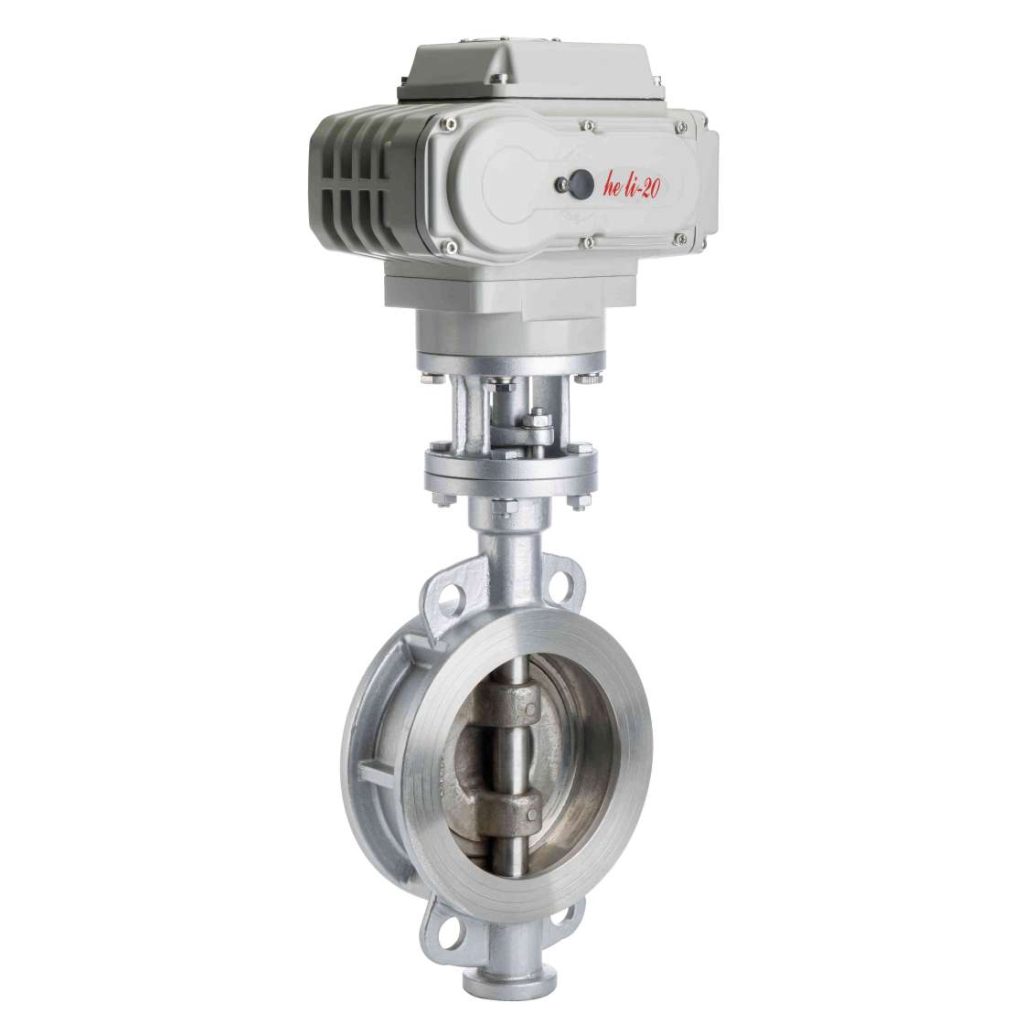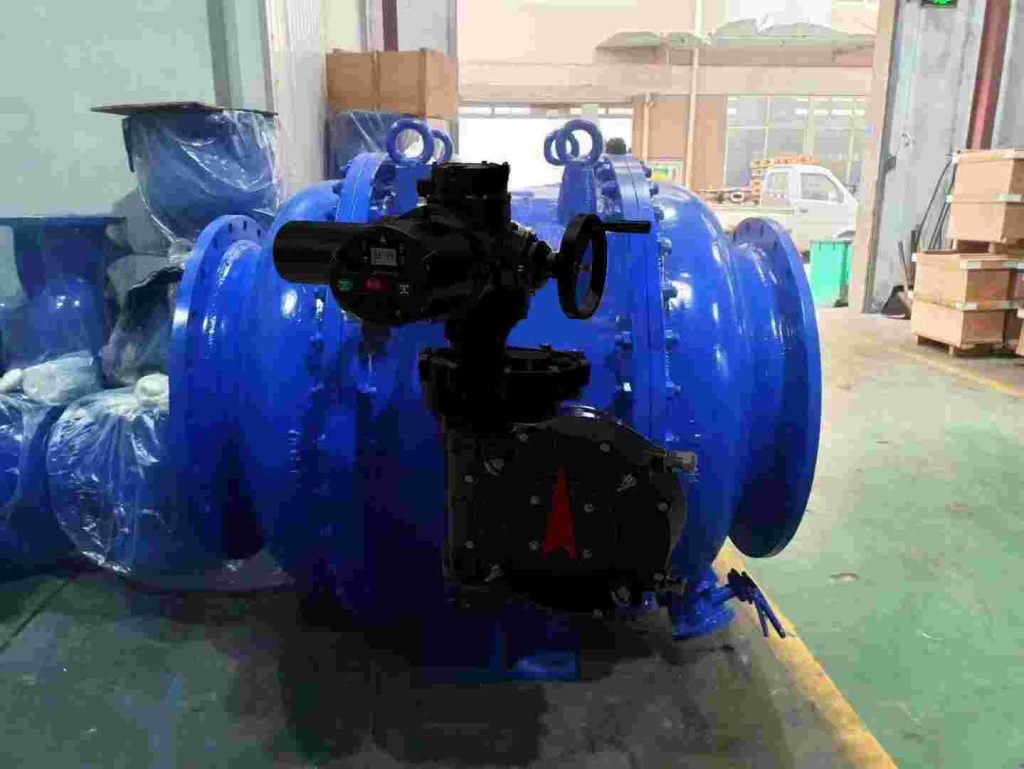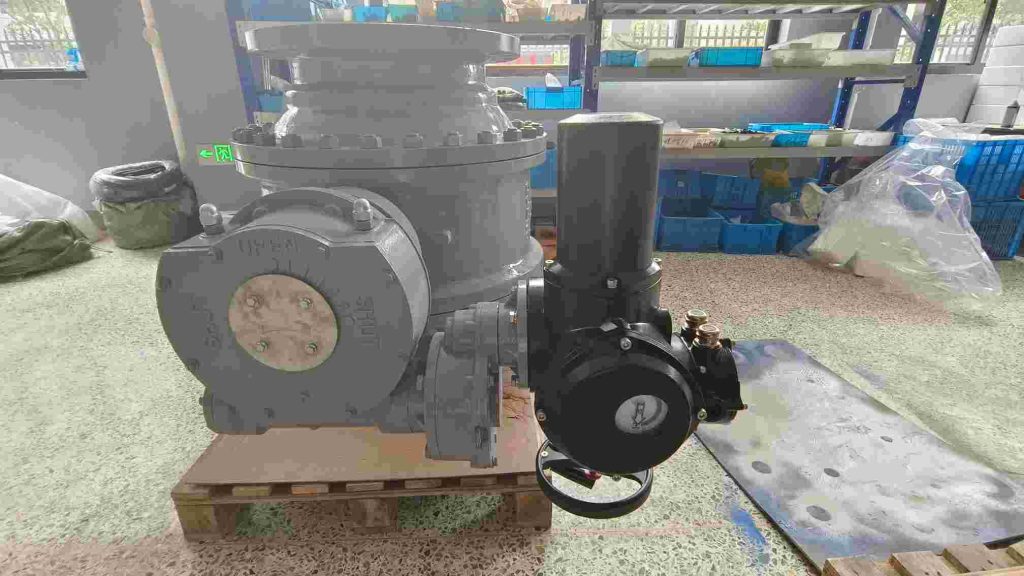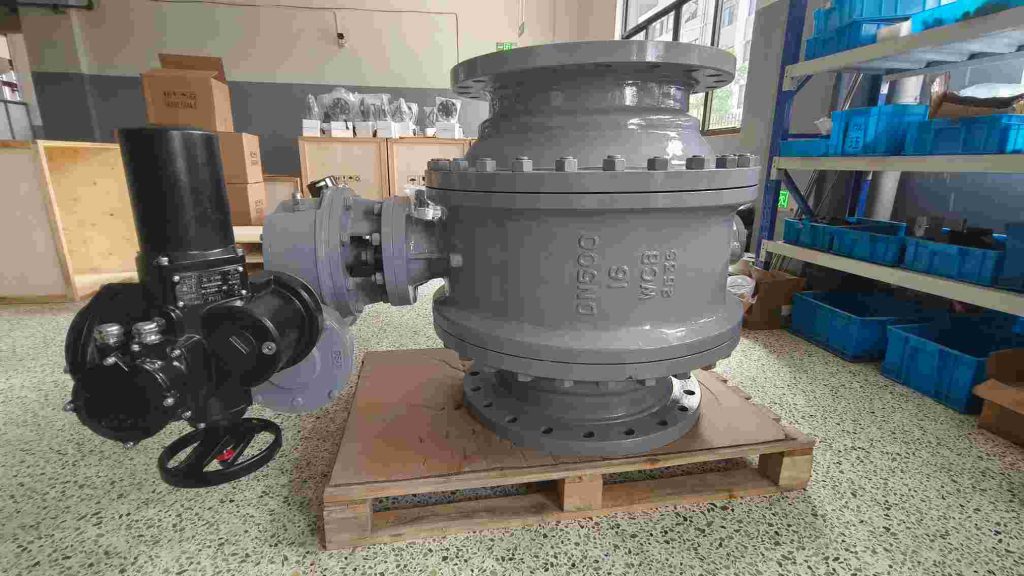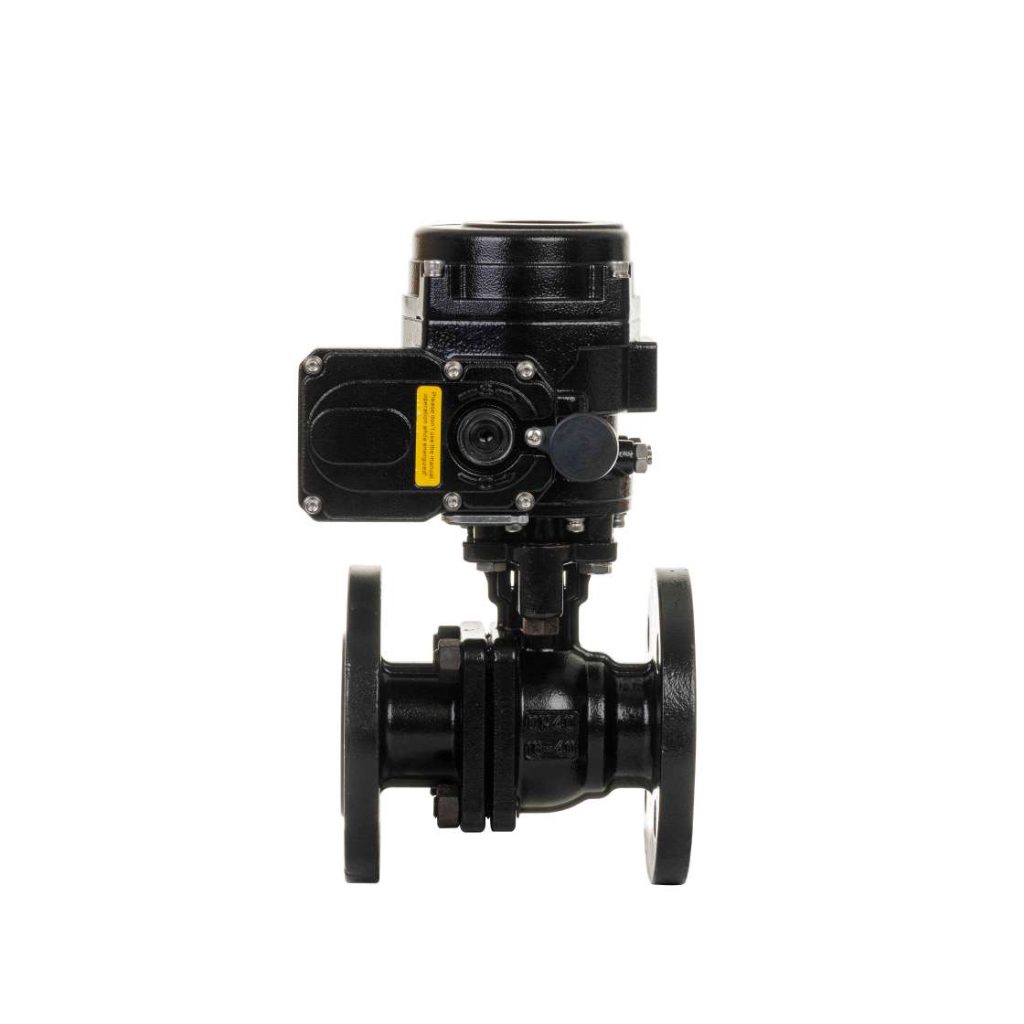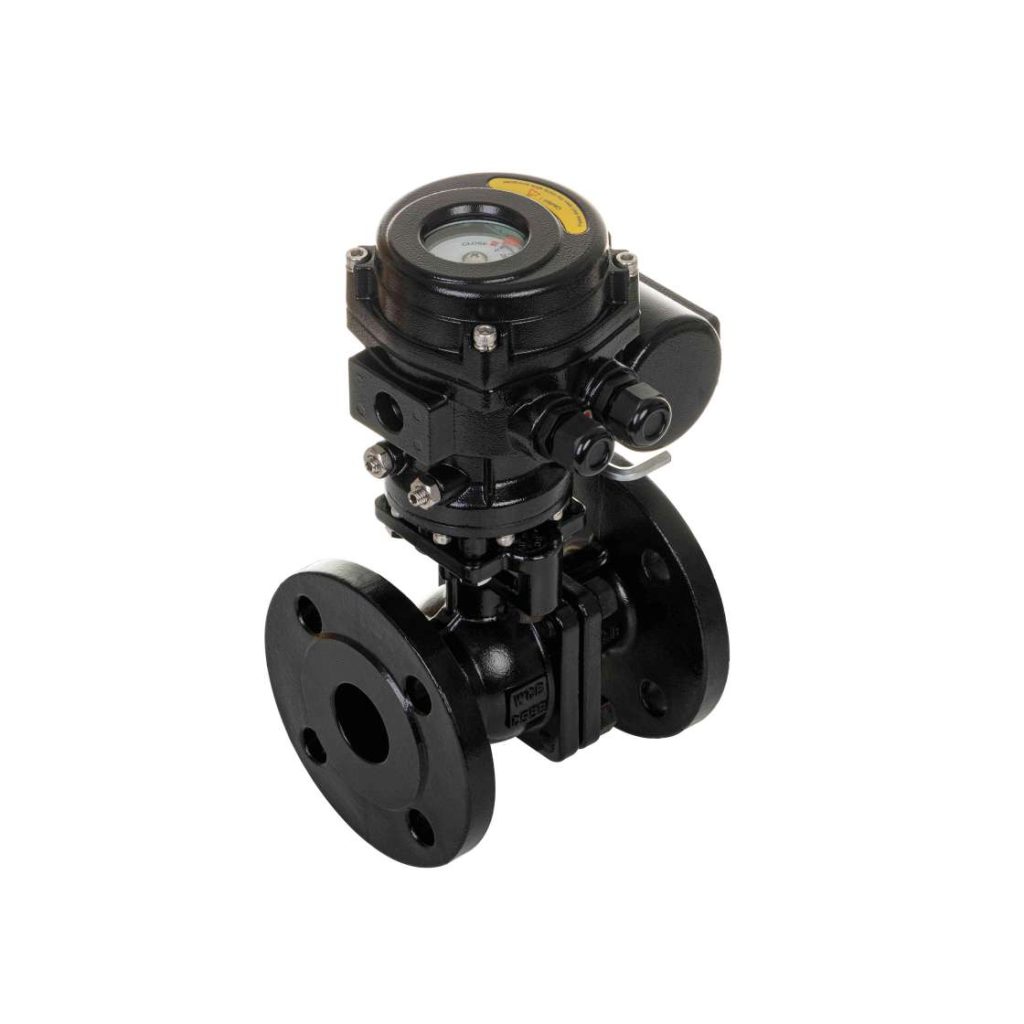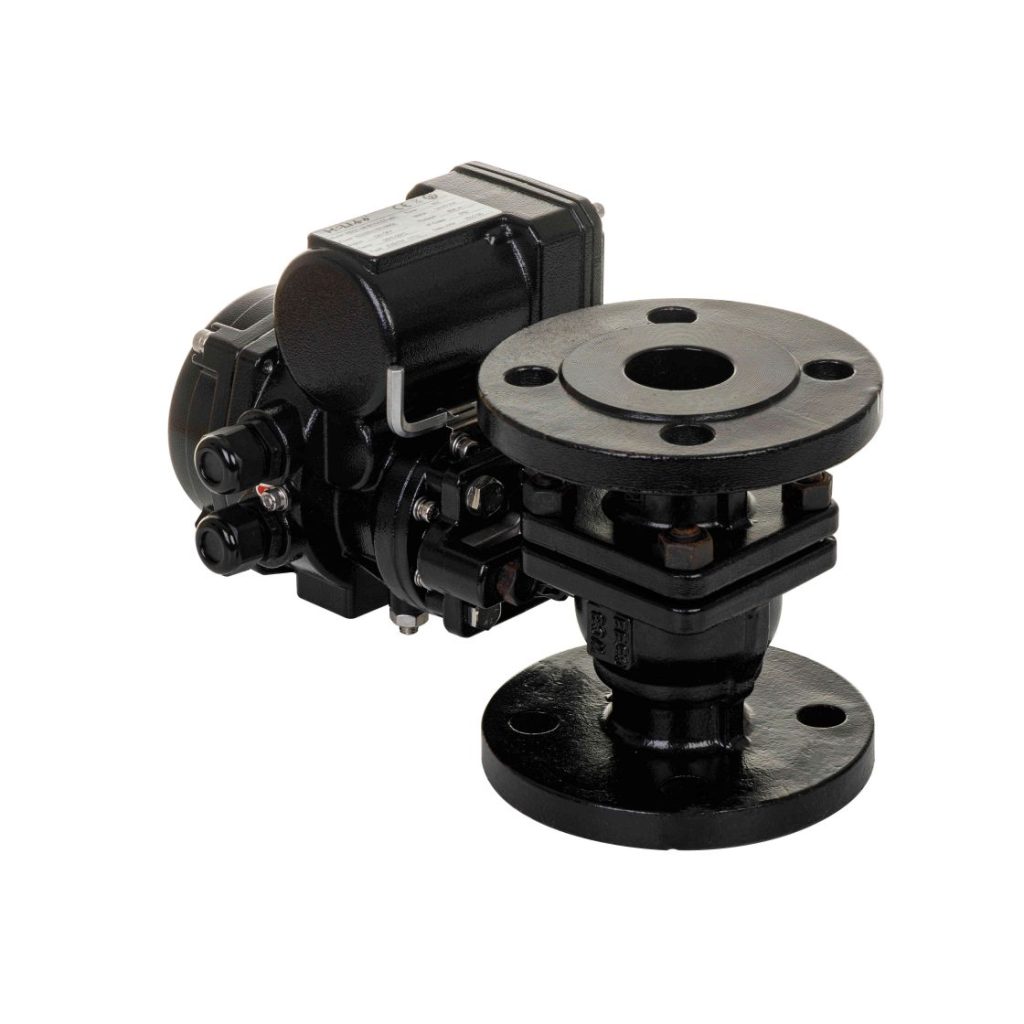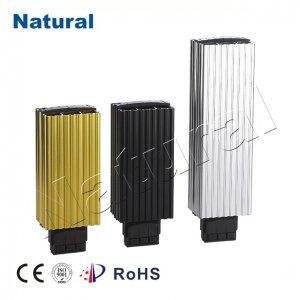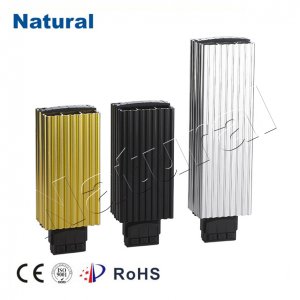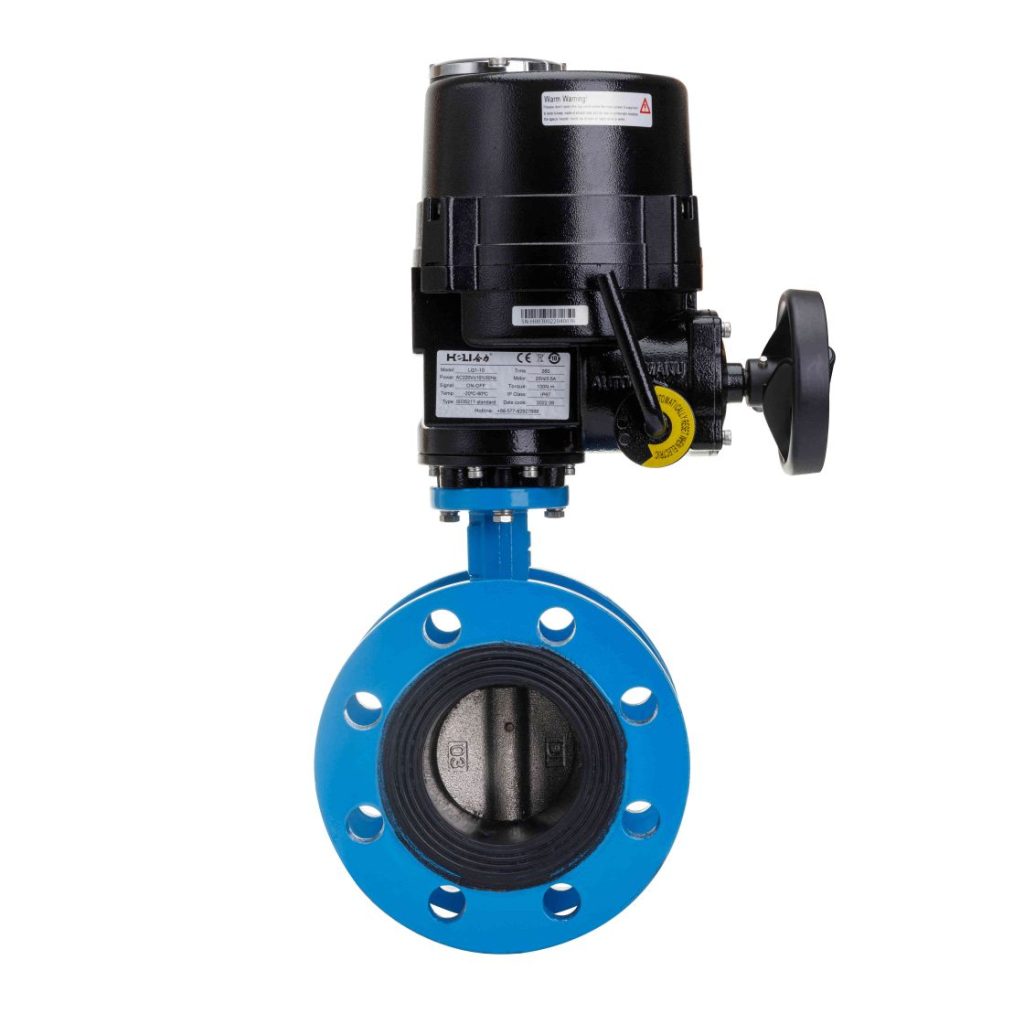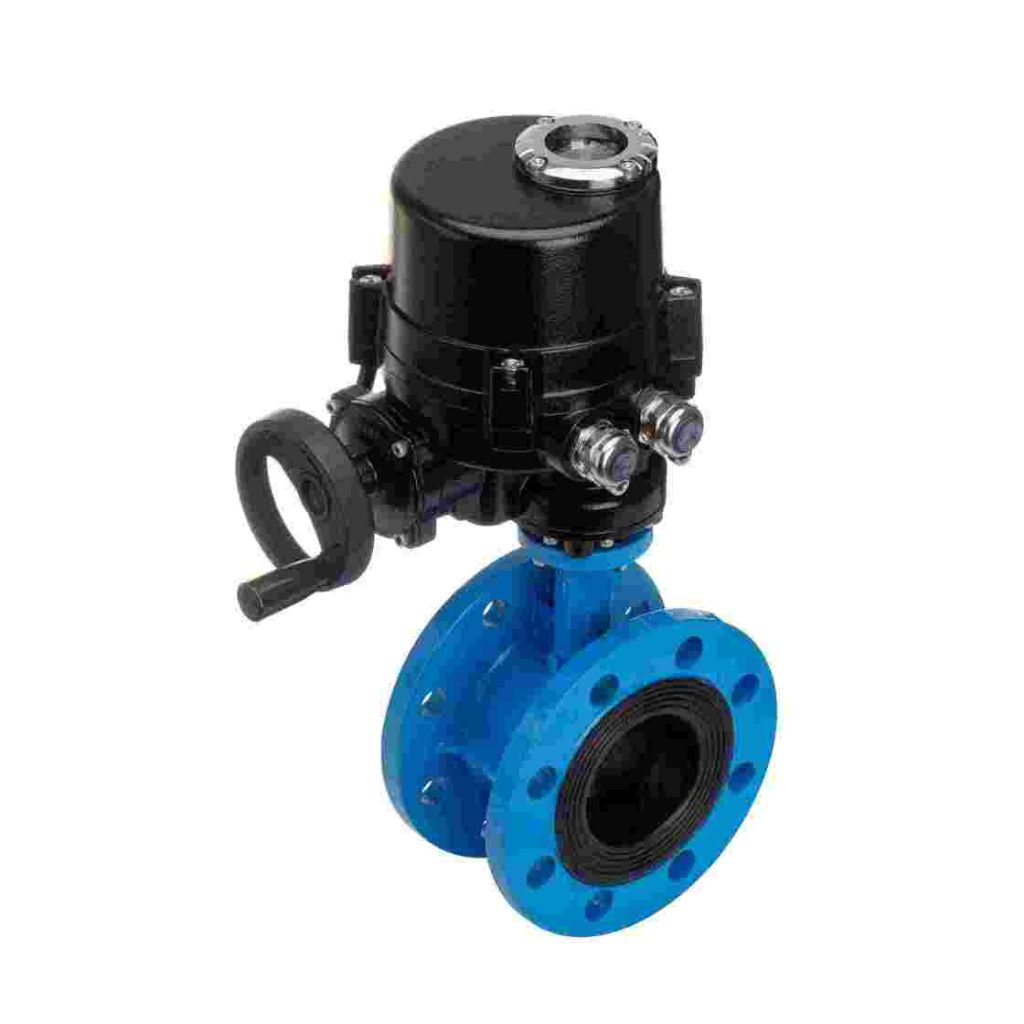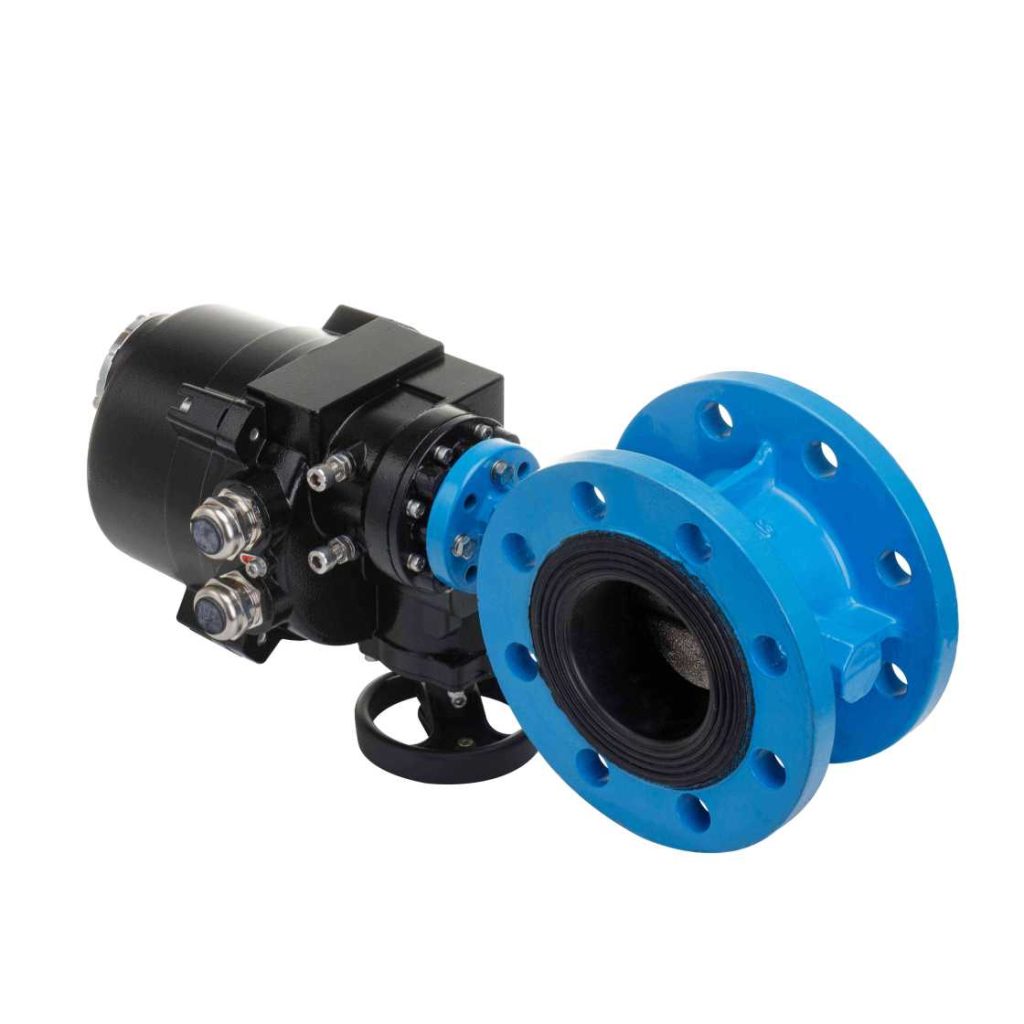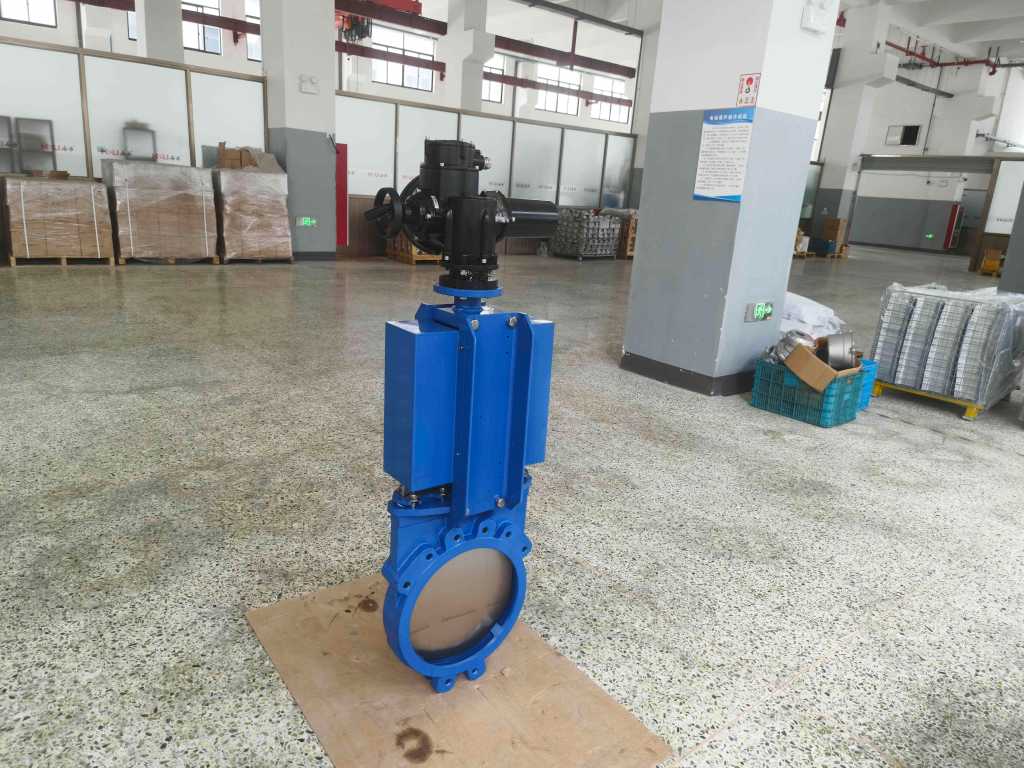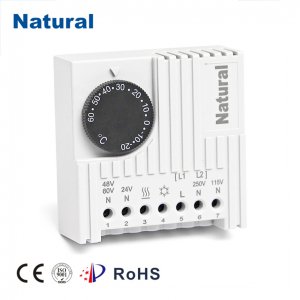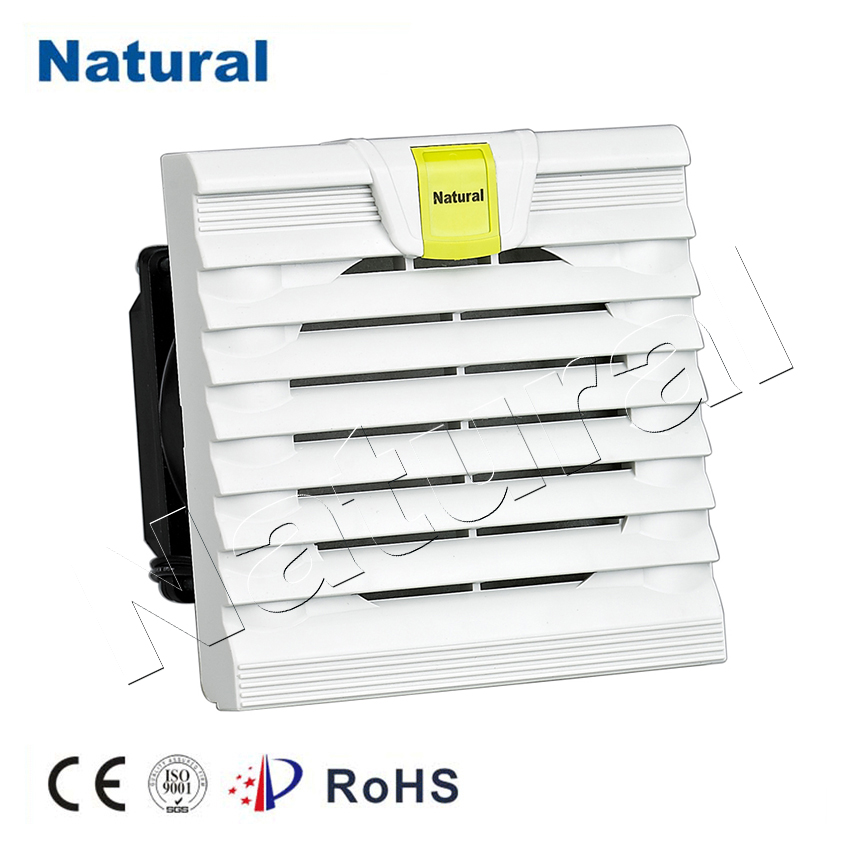The Stainless Steel Electric Three Eccentric Butterfly Valve is a pivotal component in various industrial applications, offering high performance, durability, and efficiency in flow control systems. This valve type is widely used in industries such as oil and gas, water treatment, chemical processing, and power generation. With its robust design and technological advancements, the Stainless Steel Electric Three Eccentric Butterfly Valve ensures optimal flow regulation and offers reliability under challenging operating conditions. In this article, we will explore its design, operation, applications, and benefits in detail.

Design and Functionality
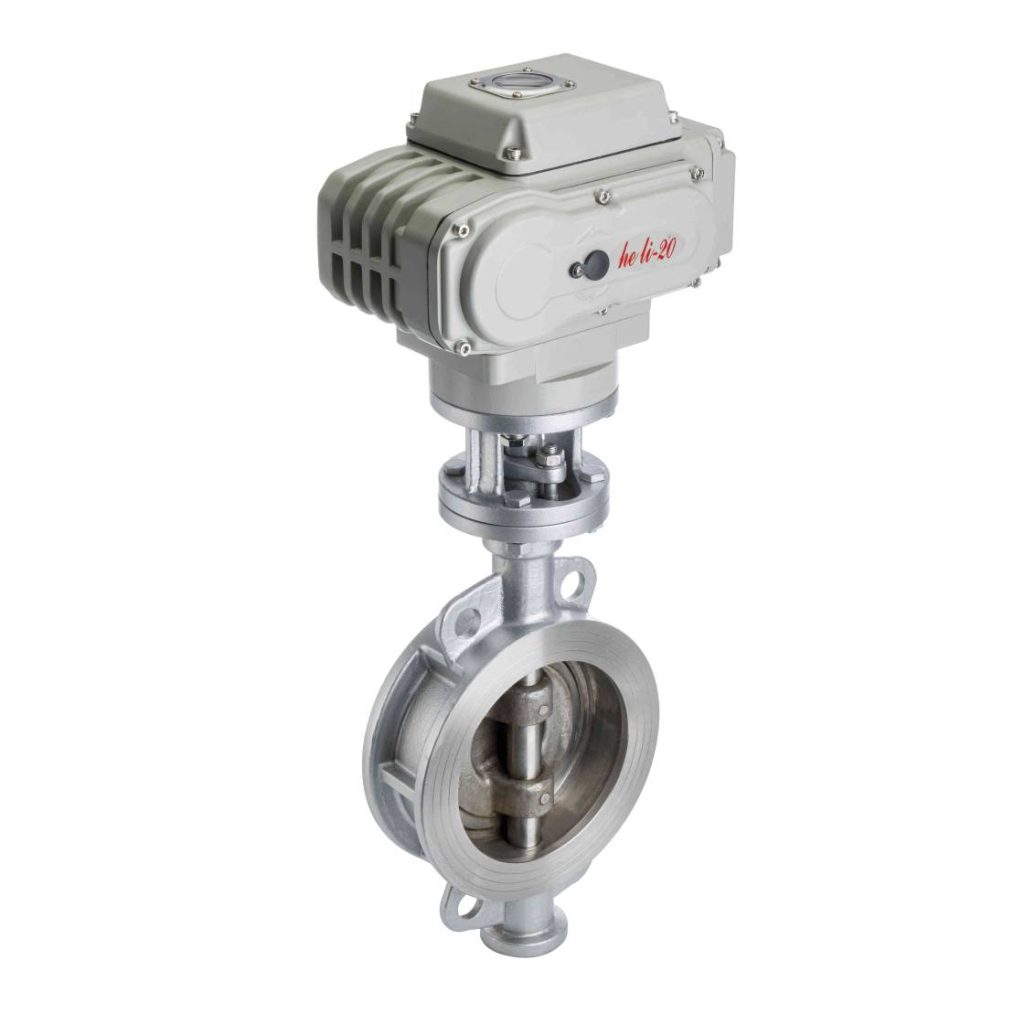
The core feature of the Stainless Steel Electric Three Eccentric Butterfly Valve is its unique three-eccentric design, which enhances sealing capabilities and ensures smoother operation. The term “eccentric” refers to the offset between the valve’s shaft, disc, and seat. Unlike traditional butterfly valves, which typically use a concentric design, the three-eccentric design minimizes seat wear and reduces torque during valve operation, providing a more efficient sealing process. In addition to the three-eccentric mechanism, the valve is constructed from stainless steel, a material known for its exceptional corrosion resistance, strength, and longevity. Stainless steel is ideal for environments that require high resistance to abrasive, corrosive, and high-temperature conditions. This material choice ensures that the valve can withstand the harshest industrial environments without compromising its integrity.
